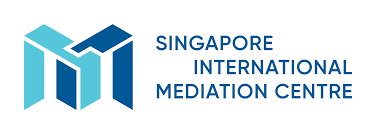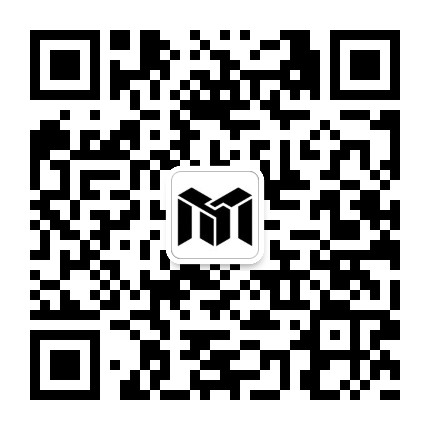Case Study: Prioritising users' needs first
A case of an IP dispute settled through mediation at SIMC
Pressed for time and with thousands of app users at stake, the case below demonstrates how mediation led parties to a commercially viable solution in a day. This would not have been possible had they pursued the matter in court; the process would have taken a significantly longer time, and not met the real underlying interest of all parties.
Image: Unsplash
We recently administered an intellectual property (IP)-related dispute involving a Singapore company, an overseas app developer and its sub-contractor here.
The company had contracted the app developer to develop and run an online learning platform for adult learners. The app developer subsequently engaged a sub-contractor to run various aspects of the project, which was initially successful.
However, disputes started to arise as the relationship between the app developer and the sub-contractor soured. This led to a deterioration in service support, which affected the continued viability of the app, which had thousands of users.
Court proceedings were initiated but the parties decided to mediate with SIMC. Through SIMC’s end-to-end case administration, parties agreed on the details of the mediation, including selection of an experienced mediator, scope, parties to be present, fees and running of the mediation session.
Over the course of a one-day session, with the assistance of the mediator and the parties’ lawyers, the parties canvassed their respective issues and interests. The breakthrough came when the parties agreed to put the interests of the affected users first. The app developer and sub-contractor realised that it was in their commercial interest to maintain a good reputation and relations with their present and prospective clients; having their dispute made public through court proceedings would not achieve that. As part of the settlement, the two companies agreed on the payment to be made between them; and that the responsibility for the app would be transferred to a third party whose reliability was acceptable to the company.

